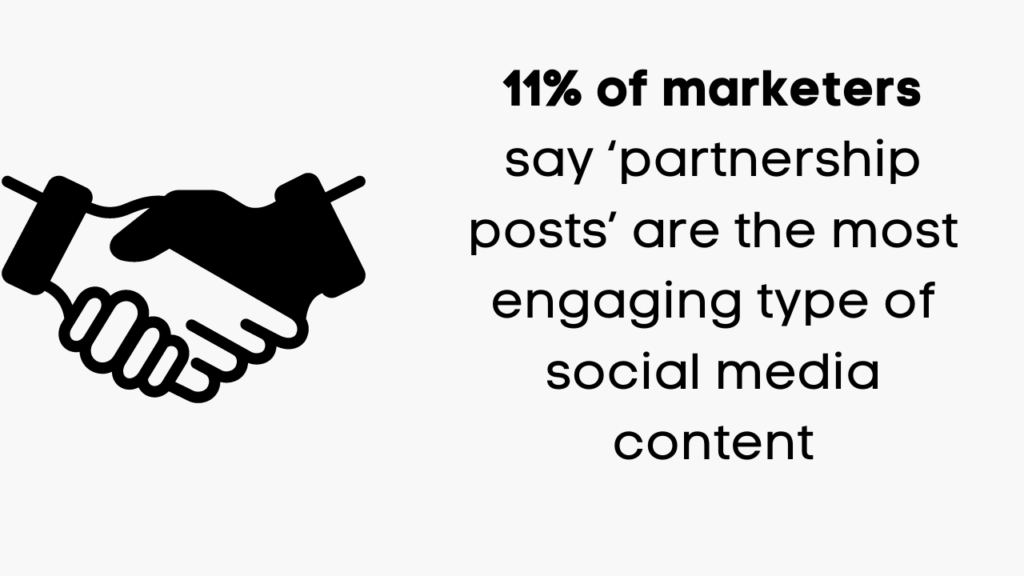The Value of a Public Relations Partnership
Finding the perfect partner isn’t simple. It can be hard to find another brand, spokesperson, or celebrity who shares synergy with your client’s brand, product, or service. If the collaboration is chosen wrong, it may appear artificial and merely promotional, badly impacting brand perception – something your client will not like later.
Furthermore, it makes pitching the story to the media impossible! Remember, the goal is to reach a larger audience and establish a new and exciting PR viewpoint – and that won’t happen if you choose the wrong partner.
The power of the perfect match

Both the brand and the partner should be complementary. The proper relationship can help you express your message more convincingly and improve your brand equity at the same time by building credibility through good connections. There are risks to your brand if you choose the wrong partner.
Five factors for success

When like-minded people who share the same brand ethos and target market collaborate, it results in productive relationships. I’ve found five crucial elements that contribute to successful collaboration.
Have one creative goal
You can get creative once the objective is outlined and you’ve concluded you’re the right fit. Inquire about the platforms you have accessible, such as online, social media, print, television, experiential – or something altogether unique. Determine whether this is a long-term collaboration or a one-time promotion. Remember that you only need one cohesive, innovative idea that works across all platforms.
Seamless co-operation

Working in a partnership has given me both rewarding and negative experiences. Setting parameters and roles and responsibilities for the internal and extended team are critical to success. This will simplify the approval process, whether it’s for written Q&As, photography, or event logistics.
Many partnerships fail due to a lack of communication and the absence of effective protocols. If you don’t have the client core team to keep everything together, everyone will fall back into their silos, and the shared goals will be forgotten. The outcomes you can produce as a partnership are fantastic when everyone works as a team and has a single creative plan.
Key messages
While the brand, spokesperson, or celebrity you’ve chosen to collaborate with can help spark those initial positive media conversations, keep the campaign in mind. Journalists don’t read people’s minds.
Make sure you have a solid set of key messaging to ensure that everyone understands what the relationship is and why your client opted to participate. Key statements should be clear and concise— four or five bullet points should be enough – and the focus should be on the message rather than the details.
The chase

The search for media can fully begin once the news of the collaboration has been published and the launch event has concluded. Follow up with those who expressed interest or attended your event – this could be a lengthy process, so be prepared and keep a written record of who has been reached and who is willing to collaborate further.
Don’t be hesitant to communicate those messages until you’re blue in the face, and if coverage comes but the messaging isn’t included, work with the writer to make adjustments. It will not be an issue if your relationships are strong enough.
Future facing
When the campaign is over and you’ve collected all the data, find out how well it worked with the media and your target audience. If things went well, see if there are any possibilities for a repeat performance.
When determining whether to run that campaign again, ask yourself the following questions. Could the campaign be expanded into a series? Is it possible for you to concentrate on a different brand or service for the client?
Could you use a different brand, spokesperson, or celebrity to help round out your current collaboration? Could it become more customer-centric — for example, by using competition and user-generated content?
It’s possible to find the ideal companion in a win-win-win circumstance. The relationship benefits your client, your partner, and you. Remember the five factors I’ve mentioned here to put yourself in the best position to succeed.
Conclusion

In today’s global market, your competitive advantage is not only determined by what you are capable of, but also by those you work with. Partnerships have become a critical part of any successful business strategy.

